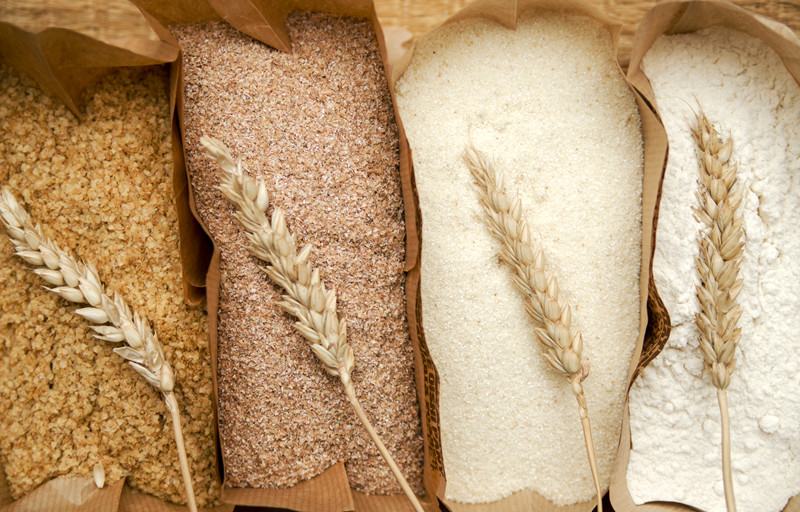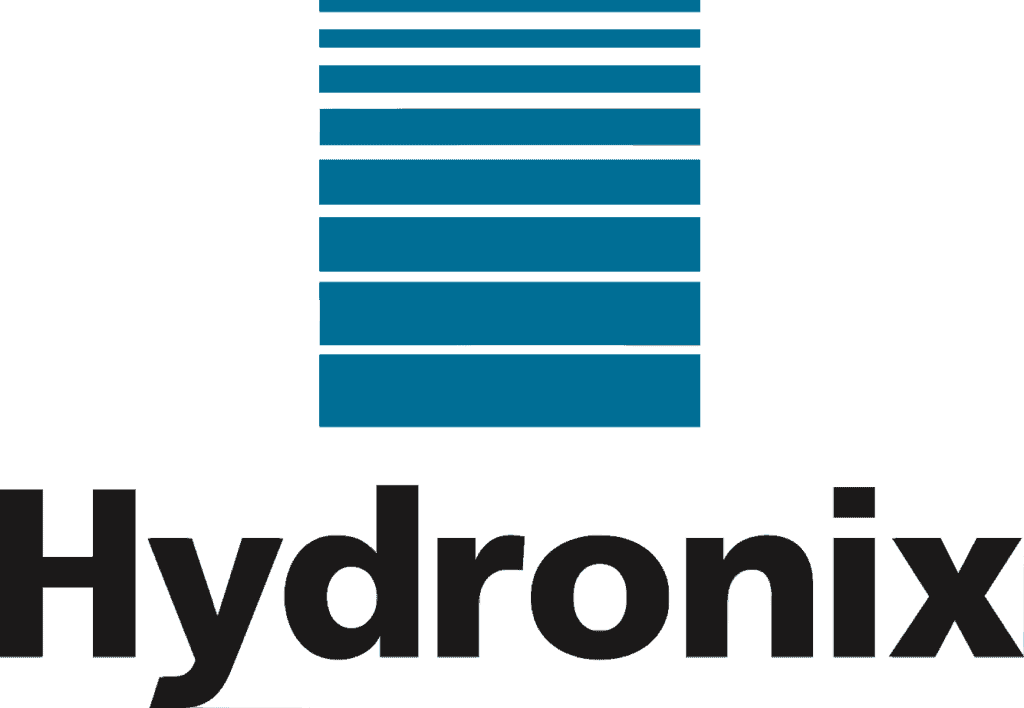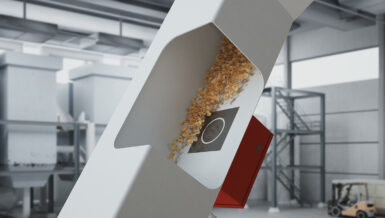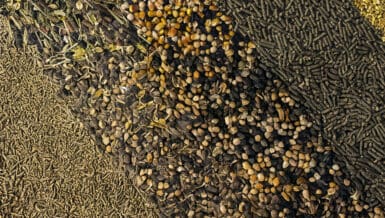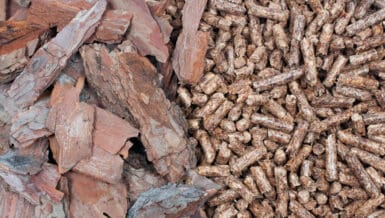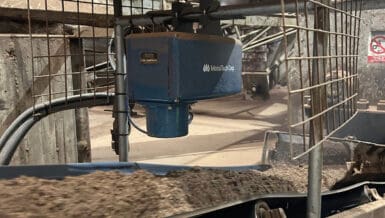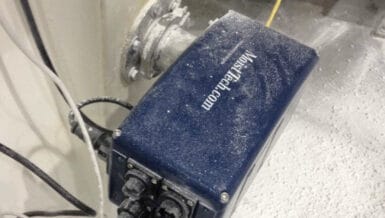Introduction
Grain is a natural product, and its moisture content varies due to growing conditions, weather during harvest, threshing, and storage. Once harvested, grain is processed in mills where it is flaked, rolled, or ground into flour.
Moisture affects every milling stage — influencing machinery performance, material flow, and product consistency. Achieving the right moisture content prevents spoilage, ensures stable storage, and extends shelf life. By accurately measuring and controlling moisture throughout the process, mills can optimise performance, reduce energy use, and cut costs. Consistent control leads to higher yields, improved quality, and less waste.
Where to Measure
Installing sensors at key points maximises return on investment:
- Raw material intake
- Raw material drying
- Transfer points
- Conditioning
- Milling
- Post-milling stages
Why Measure Moisture?
Traditional laboratory testing involves sampling material from the process flow. While accurate for that moment, it is slow and cannot reflect real-time variations.
Continuous, online measurement provides instant feedback, enabling automatic process adjustments. Continuously measuring the moisture content maintains optimal conditions, ensuring consistent product quality and preventing material losses during processing or storage.
Case Study
Manual control can be inconsistent and slow, often achieving moisture accuracy only within ±1%.
By installing sensors directly into the dryer, mills can achieve precision control of ±0.5% of the target moisture. This accuracy is primarily limited by the laboratory reference method used to verify readings rather than the sensor technology itself.
In one Hydronix customer’s rice mill, integrating moisture sensors into the dryer reduced broken rice by 2.5%, producing an additional 400 kg of usable product per 16-tonne batch — a significant gain in yield and profitability.
Conclusion
Online moisture measurement enables immediate, automatic adjustment to process conditions. Real-time control improves yield, reduces energy consumption, and ensures consistent quality. Optimised moisture management also lowers environmental impact.
Adding Hydronix sensors to existing systems is straightforward and offers a fast, measurable return on investment.



